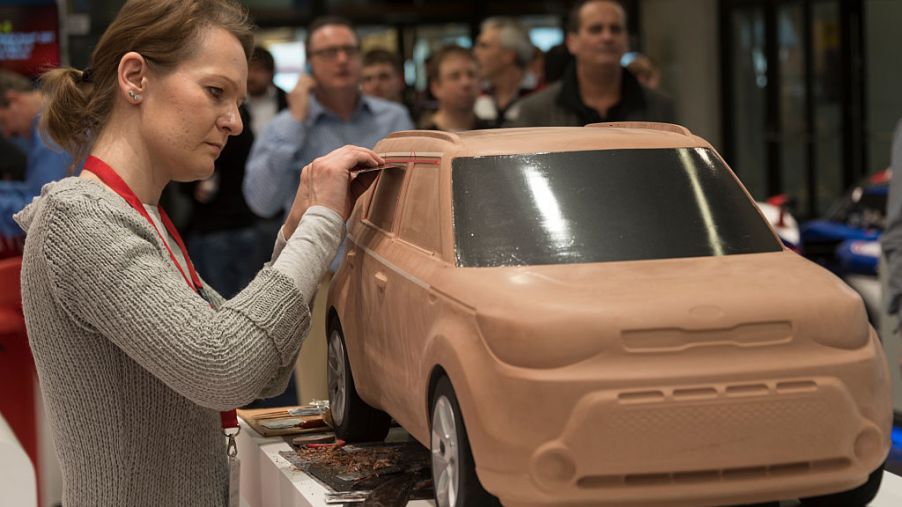
How 3D Printing Is Changing the Auto Industry
3D printing has been used to create instruments, clothing, bicycles, and even a home. However, it hasn’t been widely used in the auto industry. That’s something that could change in the near future, as it seems that automakers such as Ford are now eager to tap into it. What is 3D printing and how could it affect the future of car manufacturing? Read on to find out more.
How 3D printing works
3D printing, also known as Additive Manufacturing (AM), begins with a digital design. Next, an object is printed layer by layer to create the final product. The result is often indistinguishable from that of a product made by more traditional means.
While 3D printing does have its advantages, there are nonetheless some limitations to it. For example, it can take longer to create parts with 3D printing than with conventional methods. In addition, users are sometimes restricted to using only certain materials. It is these restraints that have made 3D printing nearly unthinkable for the auto industry; that is, until now.
Recent initiatives
Recognizing the potential of additive manufacturing, Ford Motor Company recently added 3D printers to its Advanced Manufacturing Center near Detroit. At the center, which was established in 2017, Ford is testing other emerging forms of technology such as augmented reality and collaborative robots to improve how its cars are manufactured.
Alabama Industrial Development Training (AIDT) is a workforce development organization that offers job-specific training. This group has also recognized the impact that technology such as 3D printing will have on automobile manufacturers throughout the state. As such, they are also hosting training sessions to help workers become more familiar with it.
Made possible by advances
The aerospace industry has been using 3D printing very successfully for quite some time now. One reason aerospace manufacturers have been able to use it where automakers have not has to do with quantity. Carmakers produce far more volume, which is something that 3D printing has traditionally been unable to keep up with. However, recent advances now make it possible to produce more car parts in less time than before.
In commenting on the advancements, Mike Makula, a chief engineer for Ford’s Global Advanced Manufacturing Organization, claimed that “advances within the technology of 3D printing in and of themselves create a series of solutions that historically have not been available.” He further attributed “the speed in which we can print and with the materials by which we can print,” as major hurdles the industry has recently overcome.
Decreased costs
Decreased costs are another factor that has led to the widespread acceptance of additive manufacturing. Technology Magazine reports that 3D desktop printers have fallen 2-3% in price over the past five years, and will likely continue to drop. Naturally, this means that printers for large-scale use will become more affordable as well.
Historically, custom features were something that was not cost-effective to implement on a smaller scale. Additive manufacturing has the potential to make customization affordable, and in fact, has been used by German auto manufacturers to do just that.
Key players in the 3D printing industry such as Stratasys claim the technology shows amazing potential for low-volume commercial clients, electric vehicle manufacturers, and even railways.
Technology Magazine estimates that the Compound Annual Growth Rate (CAGR) for 3D printing in the auto industry will increase by 25% between 2019 and 2024. Advances in technology that drive down costs and provide more flexible options are spurring this growth, along with an awareness of the benefits of AM. By embracing 3D printing, automakers are forever changing the way new vehicles are manufactured.


